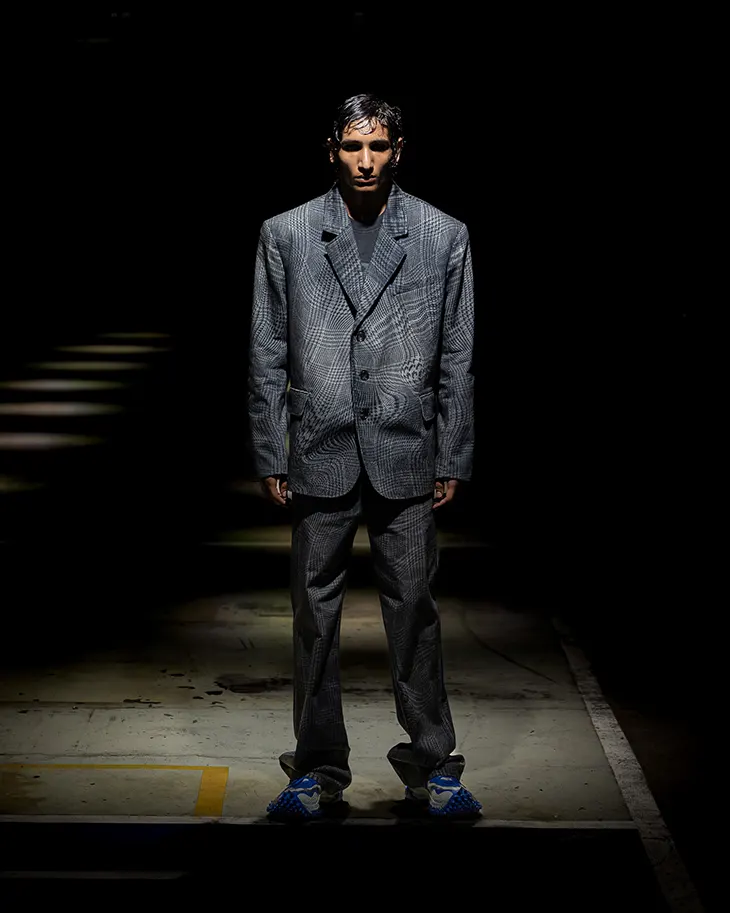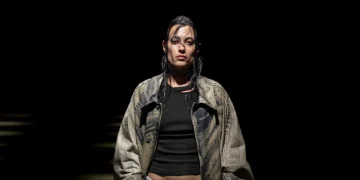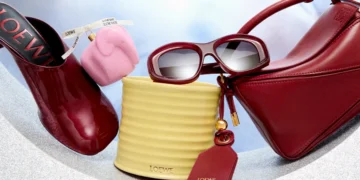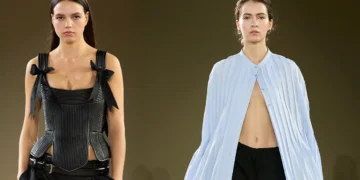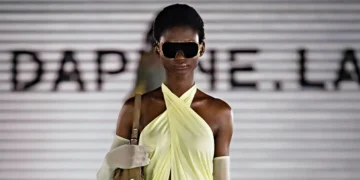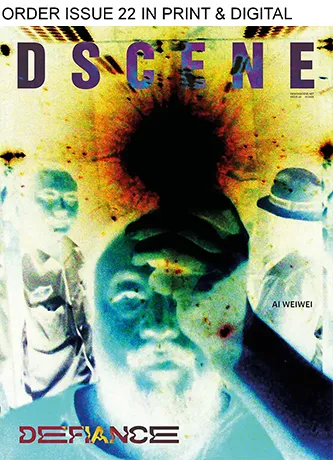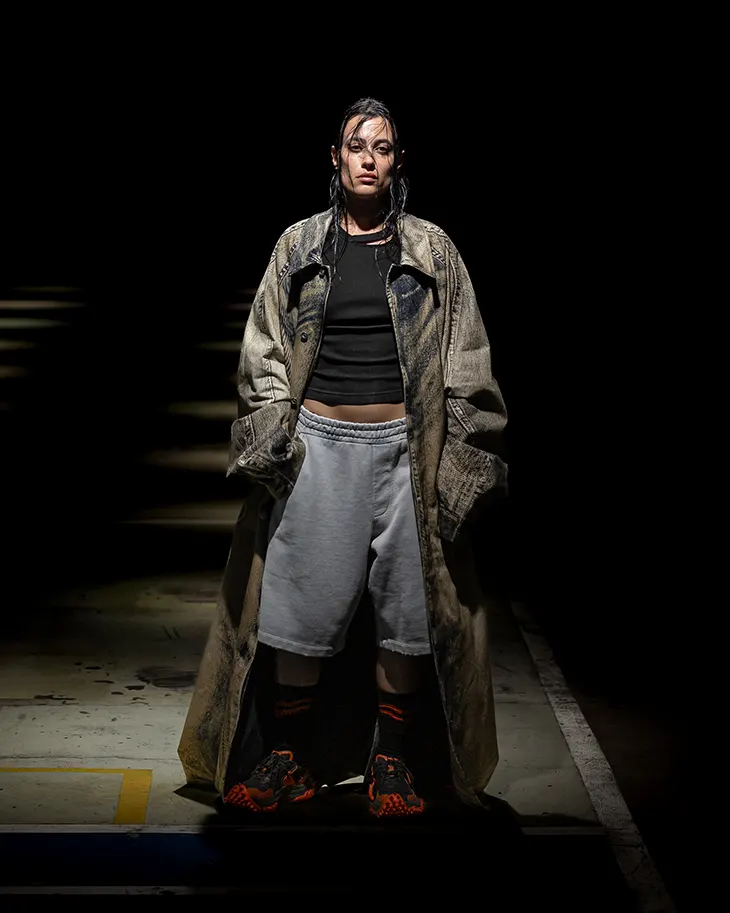
Camperlab approaches Spring Summer 2026 through a fragmented lens. The brand constructs a visual and material narrative that dissolves the familiar and reshapes perception. Shapes shift, textures unravel, and colors lose their definition. Nothing stands still. The collection occupies a space where reality slips, surfaces flicker, and form becomes suggestion rather than definition.
The accompanying text reads more like a fever dream than a traditional show note disjointed, surreal, and immersive. It opens with light stealing from shadow, a suggestion that this collection steps into a grey zone between clarity and confusion. A sense of weight surfaces early: forgotten metal, blue plastic, warped grids.
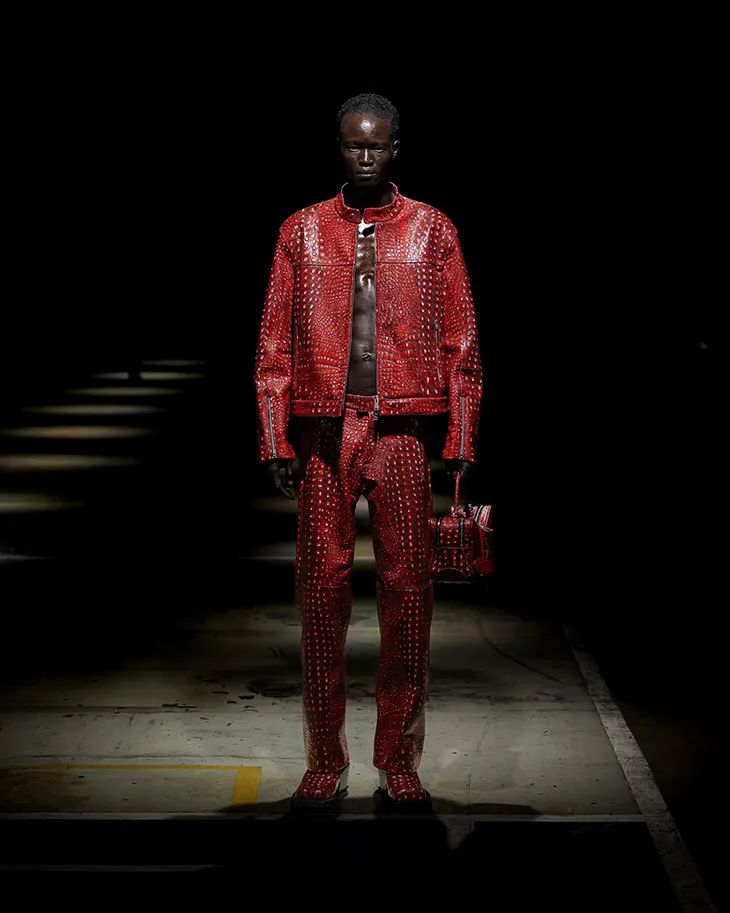
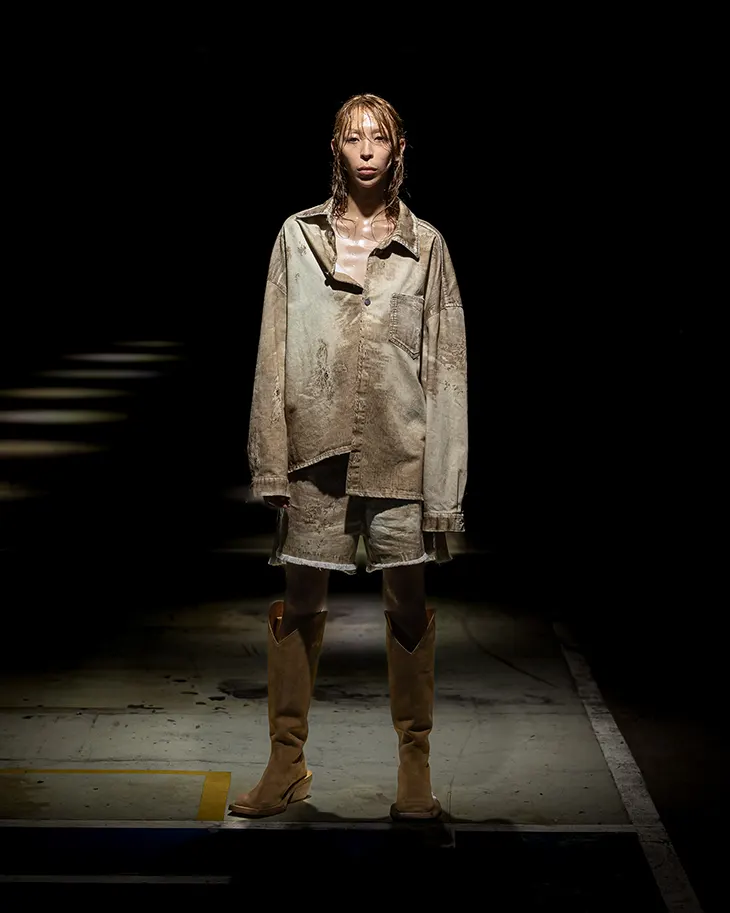
Every line points to distortion. Colors fade unnaturally. Familiar items no longer carry their usual function or appearance. Garments take on unexpected properties. A coat no longer drapes or protects, it folds in on itself, heavy enough to hold entire personas. Boots don’t just support, they trap the swell of unseen waves creeping up the body. Materials refuse to settle into expected roles, turning weightless or overbearing, depending on perspective.
The collection imagines instability underfoot, with references to soft spikes and shifting surfaces suggesting physical disorientation. Grids flash across vision in uneven patterns. The eye struggles to find a center, and Camperlab uses that tension to build silhouettes. Shapes stretch and collapse, as if drawn inside out or from memory. Each garment functions like a fragment, unfinished thoughts stitched together into form.
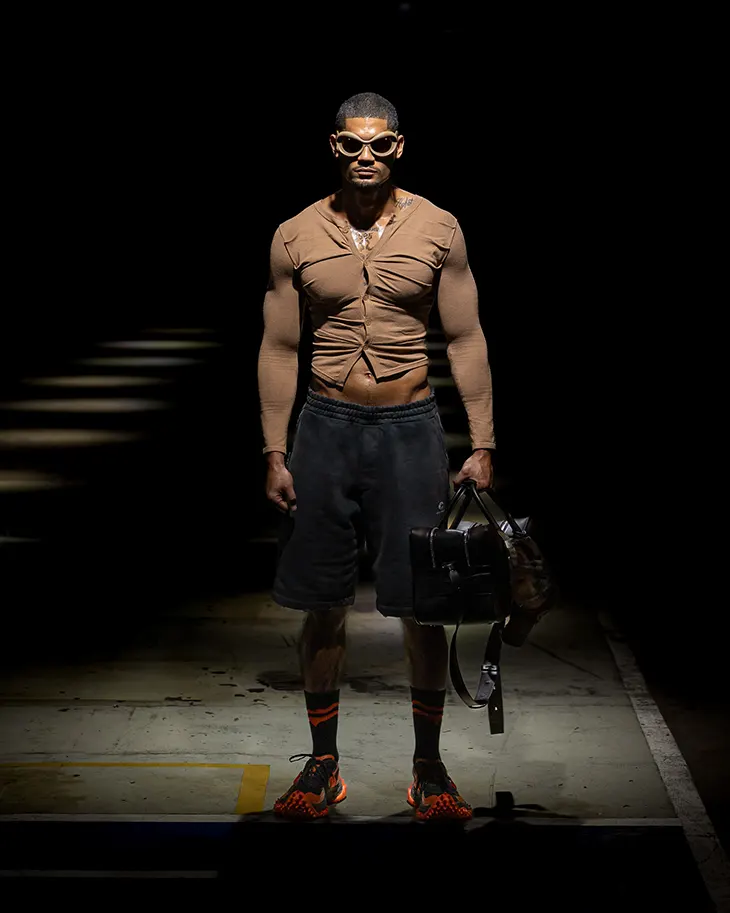
This approach doesn’t rely on exaggeration. The surreal enters quietly, through subtle shifts in balance and texture. Color loses confidence, and the remaining palette feels intentionally faint, off-tones and washed shades that create an atmosphere of disorientation. Rubber, leather, plastic, and synthetic textiles shift from dull to raw, scraped or swollen with texture. Embossed crocodile skin becomes a stand-in for something deeper: an artificial surface hiding something restless beneath.
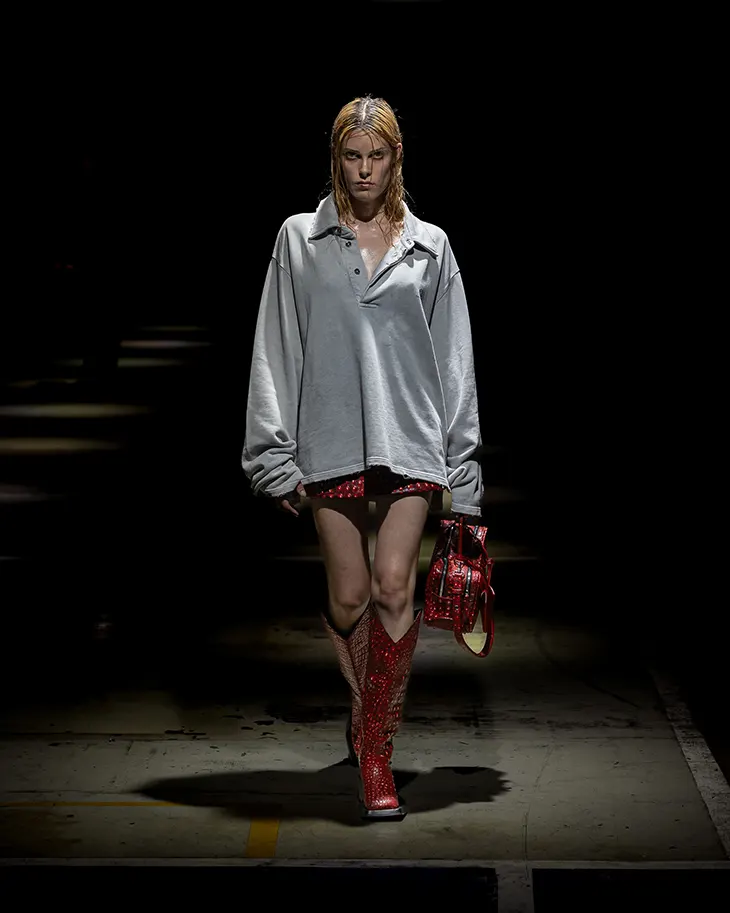
Camperlab doesn’t offer clarity. The collection reads like a sensory overload delivered in slow motion. Accessories conceal more than they reveal. Everything seems on the verge of collapse, yet each piece holds just enough shape to stay upright.
The closing question hangs unresolved: Where did I park my car? It interrupts the chaos with sudden ordinariness. But even that image bends under the weight of the surrounding distortion.
